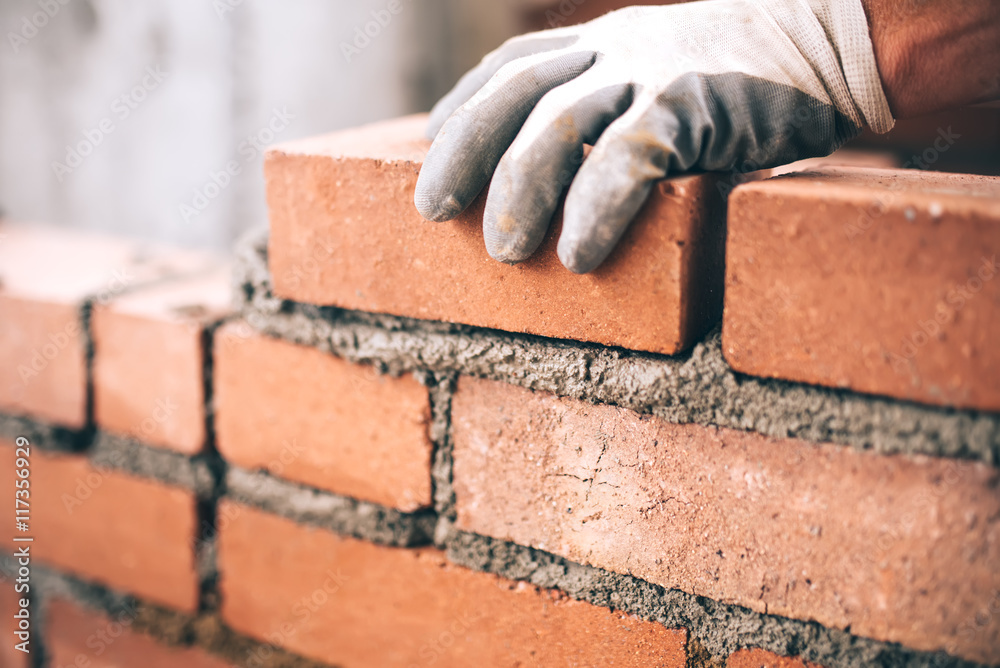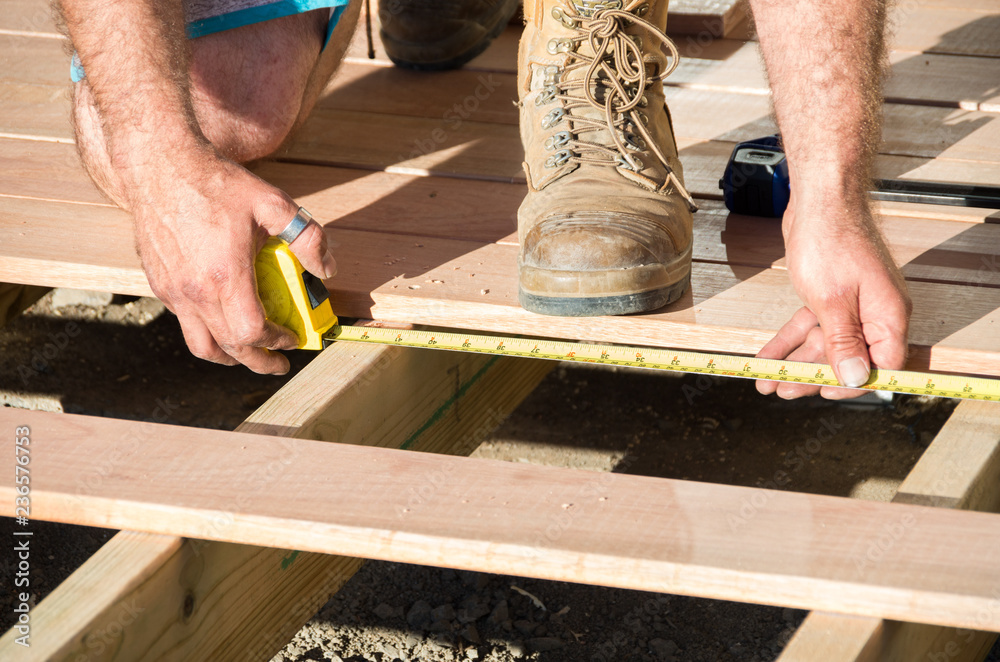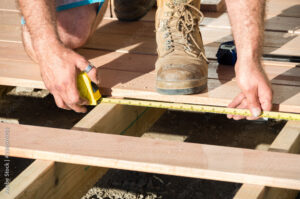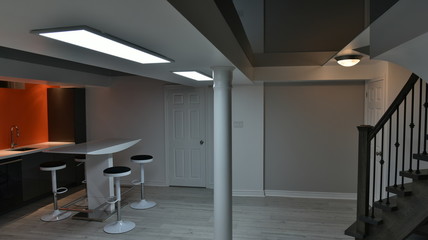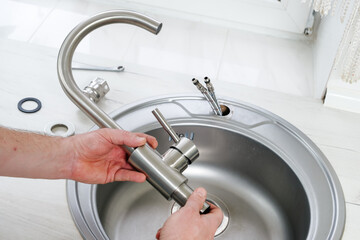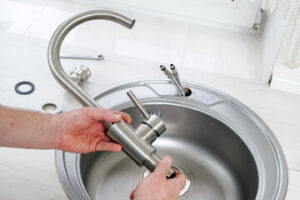Pro Angle Masonry Charleston is one of the oldest activities and professions. It is responsible for many of the world’s long-lasting shelters, temples, artifacts, and fortifications. It also builds and repairs walls, roads, and bridges.
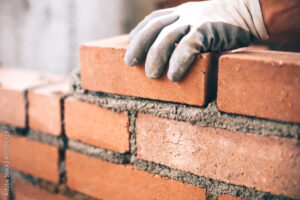
A banker mason works with rough blocks of stone and shapes them according to a plan or design. They may also work with massive precut stone, which enables cost reduction by minimizing sawing and fixer-masonry costs and accelerates construction
The golf industry is constantly evolving. With innovations in equipment, players can hit the ball farther than ever. One such innovation is patented sand, Pro/Angle Bunker Sand, which has been screened and sized to create the ultimate bunker sand. This sand is made from the finest silica quartz pebbles, fractured through a specialized crushing and grinding process that creates angular particles. The resulting sand is weather-resistant, making it ideal for use in bunkers on the golf course.
A quality assurance program is an important tool in the construction of masonry projects. It is a systematic approach to verify that a structure meets the requirements of the contract documents and applicable building codes. Inspections are typically conducted after construction or at predetermined stages of construction. During inspections, an inspector verifies that the structure of materials and work, to the best of their knowledge, conforms with the contract documents.
Review the Contractor’s field quality control procedures—review material certifications. Verify the strength of masonry units (I’m) following the specifications. Verify the installation of reinforcing steel. Inspect the welding of reinforcement and inspect the welder’s certifications. Verify the installation of bond beams and special shapes. Verify the installation of grout cleanout holes and observation holes.
Review the manufacturer’s fabrication methods and verify they are consistent with responsible RDP-approved submittals and the contract documents. Inspect fabricated reinforcing, detailing, connections, and fasteners for conformance to the requirements of the contract documents. Inspect the installation of relieving angles, ties to the backup structure, and other structural supports for conformance with the contract documents. Verify the installation of refractory and insulation systems for conformance with the requirements of the contract documents.
A golf course’s bunker sand is critical to a well-designed system. The sand’s shape, particle size distribution, and Cu (cushioning factor) play an important role in how the bunker will perform. Choosing the right bunker sand will allow you to achieve the desired performance of your bunkers and improve overall playing conditions. The right bunker sand will also help protect the turf from damage caused by rain and other environmental factors.
Angular sands are preferred by many elite courses for their ability to resist weathering and provide consistent performance, which is especially important in a challenging climate. This premium sand is produced through a specialized crushing and grinding process that fractures high-quality silica quartz pebbles into angular particles, which create the finest bunker sand available. Its unique angularity makes it more difficult for the ball to bounce and roll out of bunkers, allowing the golfer to save shots from troubled spots.
A popular way to determine a bunker sand’s quality is the angle of repose test, which measures how easily sand will stay in place on steep faces. t, oven-dried sand is dropped from a fixed height, and the resulting sand cone’s diameter and height are measured to calculate the slope of the sand. Angular bunker sands have a higher angle of repose than rounded sands, which is ideal for maintaining consistent firmness in bunkers.
One of the most important characteristics of bunker sand is its particle size distribution, defined as the percentage of fine to coarse particles. A sand with a broad range of particle sizes will have lower infiltration rates and a more uniform surface texture. Conversely, sand with a narrower particle size range will have higher infiltration rates and a coarser surface texture.
The sphericity of the sand also plays an important role in its performance. Angular sands have low sphericity, while rounded sands have high sphericity. The sphericity of the particles is important because it affects the amount of water they absorb and how quickly they drain, which can impact the stability of the soil.
Sand bunkers’ quality, appearance, and playability are critical to the golf course’s design and maintenance success. Not all sand is created equal, however. Mineral composition, purity, hardness, particle shape, size, and distribution all impact how sand performs in a designed application.
Pro/Angle sands are produced by fracturing high-quality silica quartz pebbles into angular particles that perform better for your bunker conditions. This angular particle technology improves wind resistance, resists erosion and moisture, and increases the speed of water movement, resulting in better drainage and less maintenance.
The angular particle shape of the Pro/Angle also makes the sand more resistant to movement. Rain and golfers easily move rounded sand particles within a bunker, leading to poor footing, inconsistent lies (“fried egg” conditions), and more maintenance. Pro/Angle sands, on the other hand, are angular and stay in place, reducing labor costs maintenance time, and improving playing conditions.
In addition to the particle shape and size, the uniformity coefficient of a bunker sand is also important. Bunker sand with a low uniformity coefficient will have small, tightly packed particles that create a pore space too tight for proper drainage. The industry-leading uniformity coefficient of Pro/Angle sands allows for good drainage and a loose, firm bunker.
Test results demonstrate that this premium sand meets and exceeds the technical demands of the finest courses in the country. Key numbers such as infiltration rate, angle of repose, and penetrometer rating show that Pro/Angle surpasses all other bunker sands on the market. For example, Pro/Angle has an infiltration rate of over 66 inches per hour. It holds its structure with a slope retention of 1.46, preventing the formation of retention ponds and maintaining consistent footing for your golfers.
Pro/Angle Bunker Sand is the original 100% angular golf course bunker sand. Its angularity and particle size distribution provide significant performance benefits other golf course sands cannot match. These include improved ball compression resistance, better slope retention, durable sand, and superior aerification.
Unlike round sand, angular golf course sand particles resist movement by water and stay in place during rainfall events, dramatically reducing the need for maintenance such as sand push-ups. Pro/Angle’s angularity also helps maintain consistent footing in bunkers, making it more playable than traditional round mason sand.
Masonry materials need proper care to last and look their best. In addition to being beautiful, masonry is critical for the structural integrity of your home or business. If you notice cracks in your walls or stains on the exterior of your building, it’s time to call a masonry repair company that Charleston trusts.
We carry everything you need to get the job done right. Our masonry supplies include:
